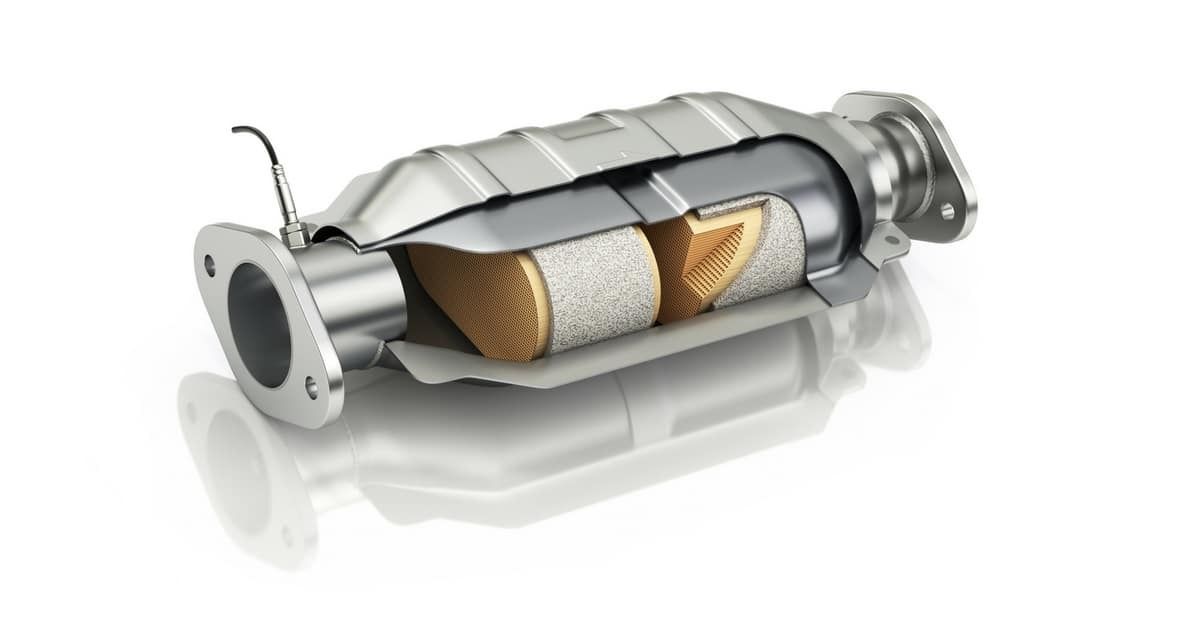What Is A Catalytic Converter?
The catalytic converter plays a vital role in the exhaust system of a modern day vehicle. The exhaust gases that enter through the catalytic converter contain harmful components such as carbon monoxide and hydrogen monoxide.
A “catalyst” is a substance that causes or quickens a compound response without itself being influenced. The catalyst itself is a valuable metal, usually Platinum, Palladium and Rhodium. Platinum and rhodium are utilized as a decrease catalyst, while platinum and palladium are utilized as an oxidization catalyst. The primary role of these catalysts is to break down the harmful gases into safer gases.
Reduction & Oxidation
Typically there are two different chemical reactions that occur within the converter. Oxidation tackles nitrogen oxide and removes (reduction) oxygen to release nitrogen and oxygen gas. Oxidation does the opposite and adds oxygen to carbon monoxide to create carbon dioxide gas. Another oxidation reaction turns unburned hydrocarbons in the exhaust into carbon dioxide and water.
In summary, three different chemical reactions are going on at the same time. Hence *three-way catalytic converters*. (Some, less-effective converters carry out only the second two (oxidation) reactions, so they’re called*two-way catalytic converters*.) After the catalyst has done its job, what emerges from the exhaust is mostly nitrogen, oxygen, carbon dioxide, and water (in the form of steam).

CPSI stands for Cells Per Square Inch. Take a cross section of the catalytic converter to look at the catalyst, you will see a bunch of honeycomb cells. These cells are passageways inside the catalyst that allow maximum exposure of the catalyst to the flowing exhaust for emission reduction.